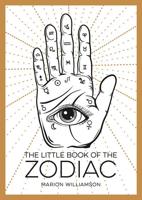Publisher's Synopsis
Faces, faces, faces - faces everywhere! Modernism was obsessed with the ubiquity of the human face. Thomas Mann, Marcel Proust, Virginia Woolf, Gertrude Stein and, later, Kobo Abe framed their literary projects around the question of the face, its dynamic of legibility and opacity. In literary modernism, the face functioned as a proxy for form, memory, intermediality or difference - and combinations thereof. The old pseudo-science of physiognomy, which assumed that faces are sites of legible meaning, was in the process reconfigured. Faces in modernist literature lost their connection to interiority, but remained surfaces of reading and interpretation. As such, they also became canvasses for creative appropriation, what Mina Loy called auto-facial-construction. The modernist overinvestment in faces functions as a warning against the return of physiognomy in contemporary technologies of facial recognition. This title is also available as open access on Cambridge Core.









